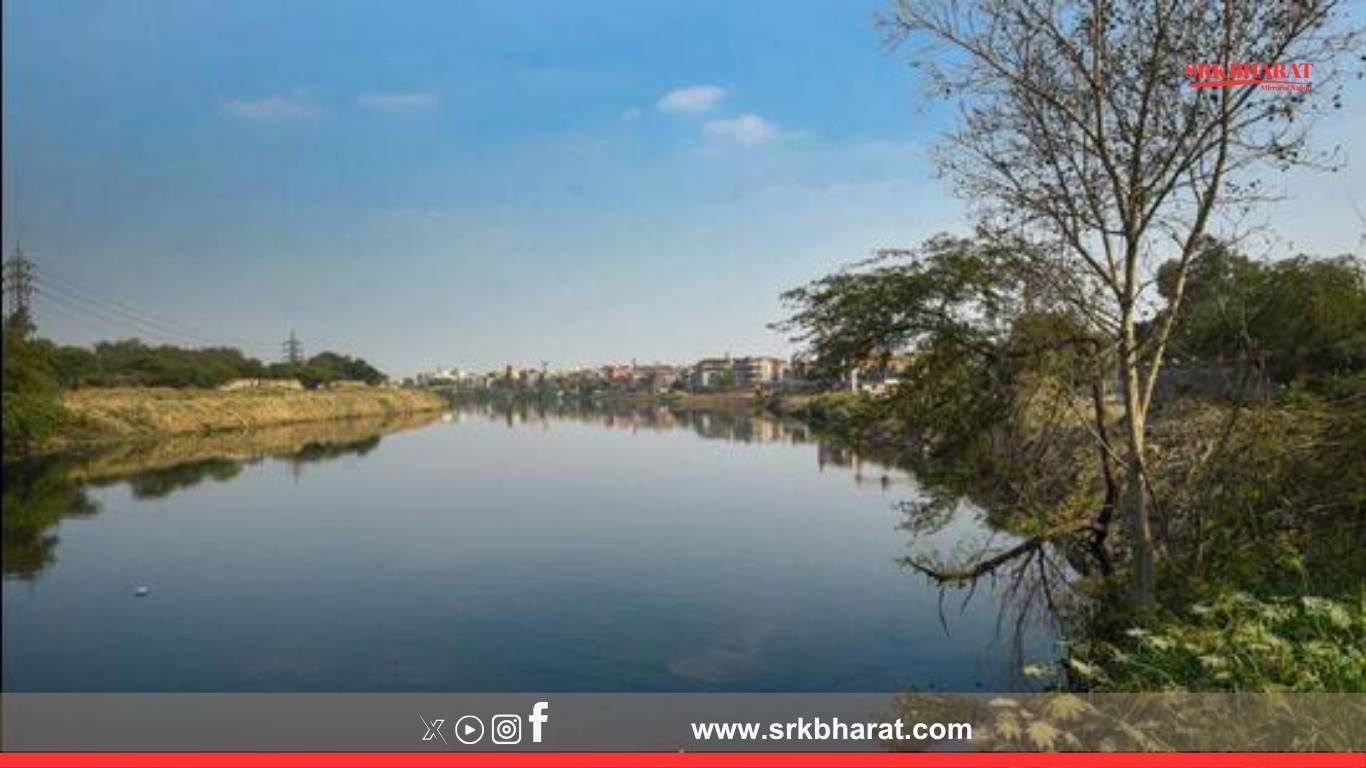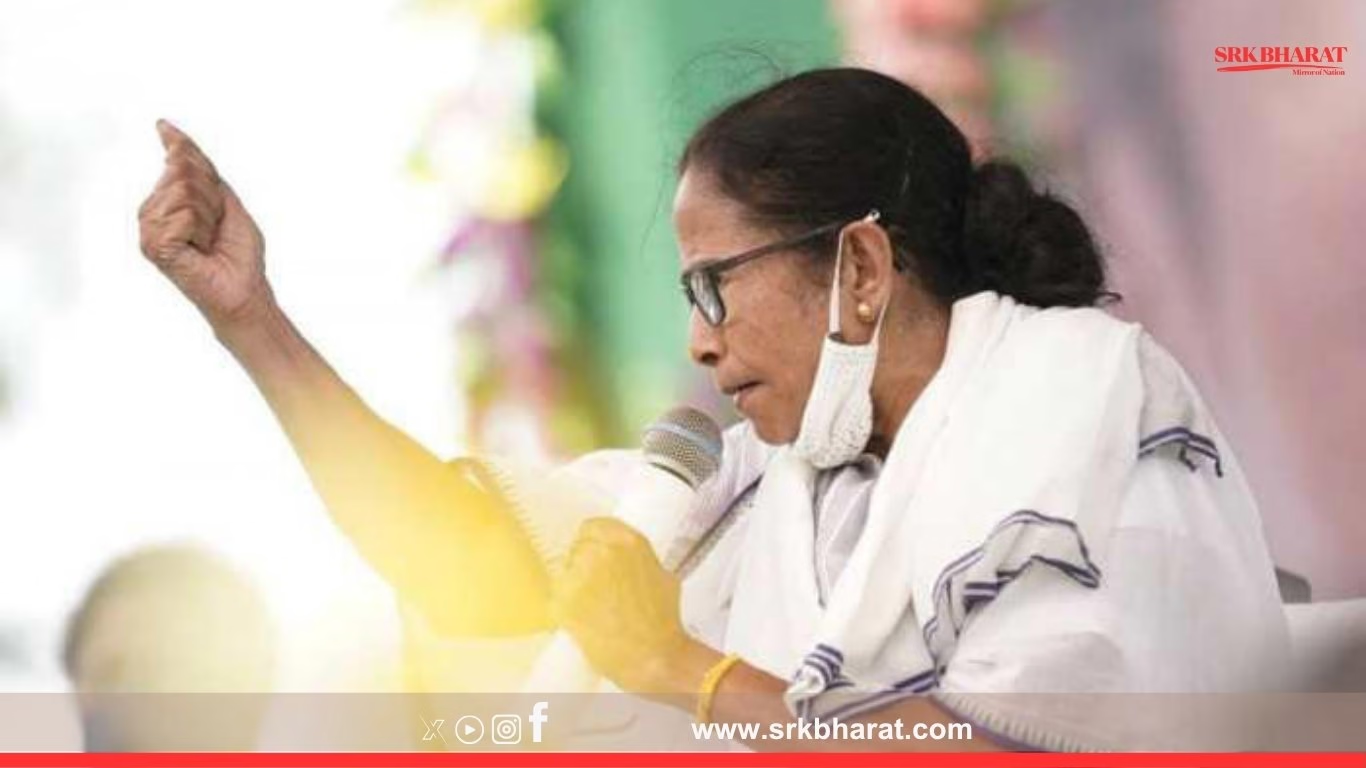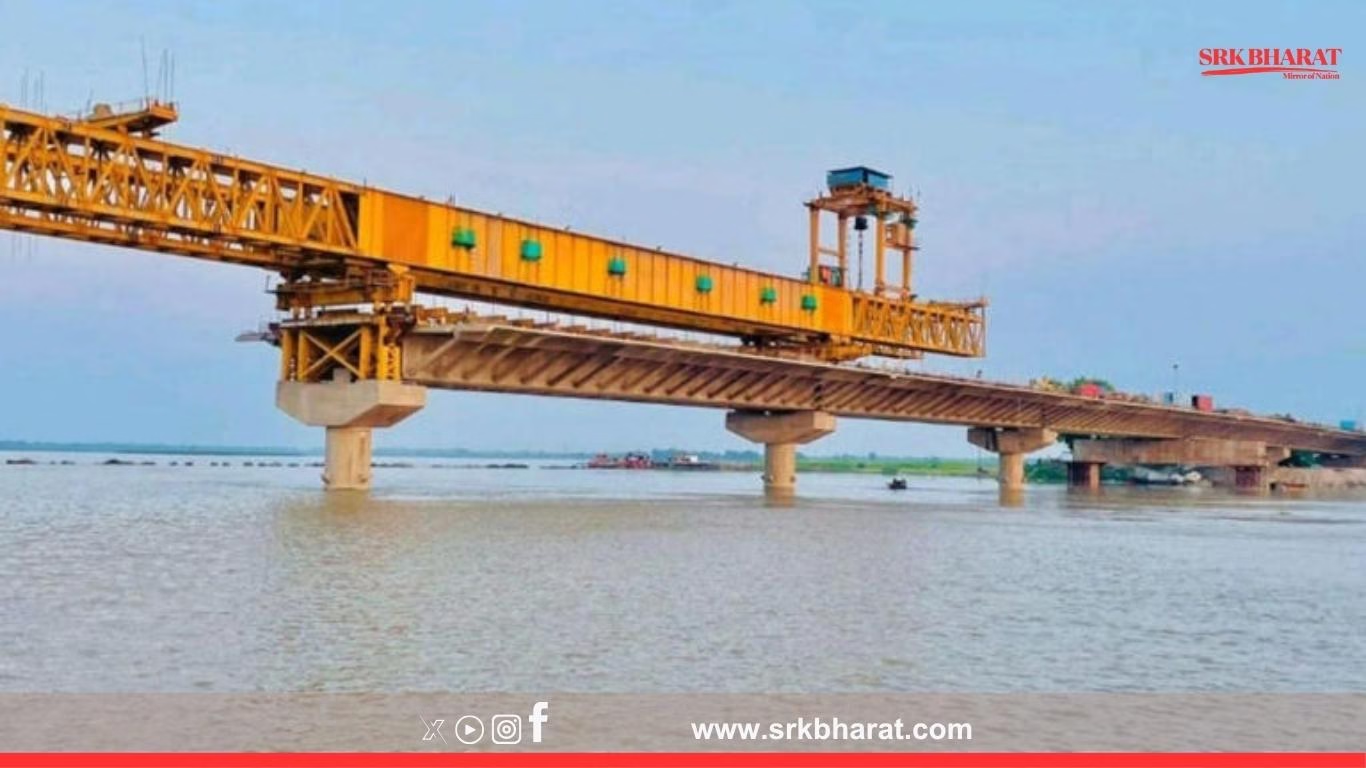The Delhi government has renewed its proposal to rename the Najafgarh drain as the Sahibi river, aiming to shed the stigma associated with the term “nala” and rekindle public support for its rejuvenation. The move, submitted to the State Names Authority (SNA), is part of a broader effort to restore the waterway’s historical identity and promote environmental awareness.
🌊 From Drain to River: A Name Rooted in History
- The Sahibi river, also known as Sabee or Sabi, is a rain-fed river originating in Rajasthan, flowing through Haryana, and entering Delhi before merging with the Yamuna
- Historical maps from 1807 and 1885 refer to the channel as Sabee Nullah and Najafgarh Canal, respectively
- The Irrigation and Flood Control Department (IFC) cited these records in its submission to the National Green Tribunal (NGT) to justify the renaming
“The term ‘drain’ evokes images of sewage and pollution, deterring public engagement. Renaming it as a river can inspire collective action,” the IFC stated in its May 2024 report to the NGT
🛠️ Rejuvenation Efforts Already Underway
- The Najafgarh drain is Delhi’s largest water channel, but also one of its most polluted
- The government is working to clean the waterway, remove silt, and divert untreated sewage to treatment plants
- A riverfront development plan is also in the pipeline to transform the area into a recreational and ecological zone
🤝 Regional Collaboration with Haryana
- The Haryana government is also tracing the missing 11-km stretch of the Sahibi river downstream of the Masani Barrage
- Two major drains—Aurangpur Link Drain and Outfall Drain No. 8—have already been notified as Sahibi river in Haryana to revive its flow during monsoons
📌 Why It Matters
- Aims to restore ecological balance and revive a lost river system
- Encourages community participation in environmental conservation
- Supports inter-state collaboration for sustainable water management
🔁 Share this article to support Delhi’s vision of reclaiming its rivers and reshaping urban ecology.











